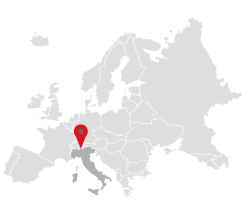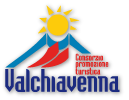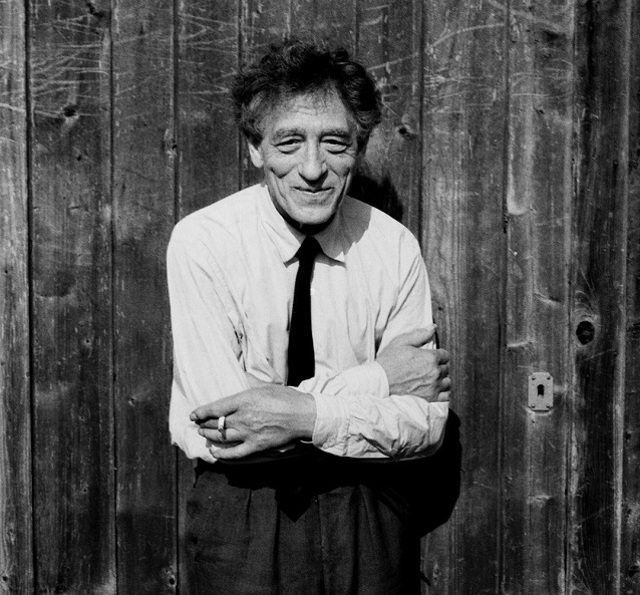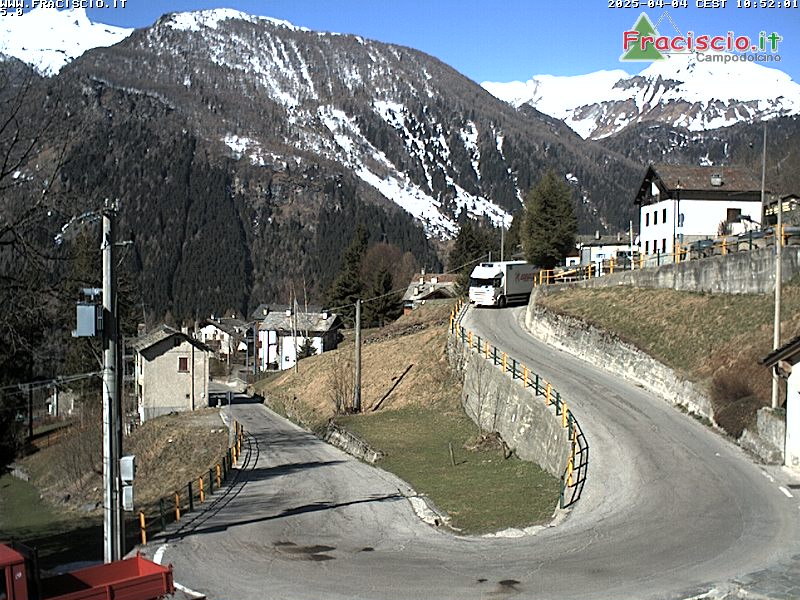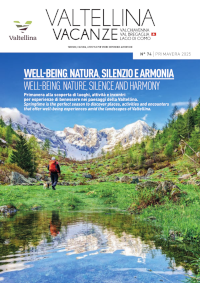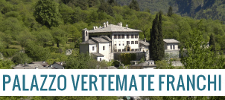Landscape Fit for Artists
Discovering the extraordinary cultural and artistic heritage of ValBregaglia
Not everybody knows that the celebrated artist Alberto Giacometti was born in Borgonovo, Bregaglia in 1901. His hugely expressive face, a combination of bemusement and melancholy stares out at you from the Swiss 100fr banknote alongside his wiry, slender bronze sculptures, one of which - “L’uomo che cammina” was sold at Sotheby’s auction
house for a record £65 million pounds. Alberto Giacometti’s phenomenal talent was obvious from the start along with his genuine passion. As a child at Stampa he could be found fashioning the heads of his brothers Diego and Bruno in clay. From 1922 he studied and worked in Paris with Diego acting as his assistant and model.
But the artist returned regularly to Bregaglia as if to rediscover his youthful artistic self. “He would come back in November,” neighbours recall, “when there is no sun here. Looking for shadows rather than the light in the mountains”. He rarely left the village itself, only occasionally to create watercolours of his beloved landscapes, spending most of his time in his father’s studio in Stampa where he would produce portraits of the locals and his family. This genial, modest artist would pass his evenings in the company of fellow villagers in the Piz Duan restaurant, often proving reluctant to head off back to Paris, such was his affection for “home”. Meanwhile. In 1894 the divisionist painter Giovanni Segantini, born in Arco in 1858, moved from Savognin even higher up to the 1817m of Maloja. He was looking for a very particular, quasi-mystical light and hoping to represent it using colours in their purest forms.
Maloja would not disappoint the artist, and nor would Soglio, perfect for his winter sojourns in Engadine, and it was here that he produced some of his finest works. His major themes are that of nature at its most pure, spectacular landscapes with typically rustic, peasant scenes. The artist is clearly inspired by the rugged scenarios all around, painting the majestic mountains of Bondasca, Alpine pastures, farmers at work, and he committed himself tirelessly. His search for that very particular light even drove him up to the Schafberg at 2,700m to work on the second canvas of his masterpiece, Il Trittico della Natura. Sadly Segantini was struck by a violent attack of peritonitis and died in September 1899.
The artist’s presence at Maloja is now commemorated along the “Segantini Trail” which sets off from his studio and takes in 15 halts, retracing the spots where he painted some of his most significant works like “La Morte” the third canvas of his Trittico. The path goes by the stunning Inno waterfalls and continues as far as the family grave in Maloja’s little cemetery. It’s a magnificent, gentle 2 hour walk with fine panorama, fresh air and of course that very special light. Giovanni’s studio at Maloja, which is open to the public, is a smaller-scale reproduction in wood of that which represented the Engadine pavilion at the Esposizione Universale di Parigi in 1900; his Trittico della Natura, the culmination of his artistic life is now in the Museo Segantini at St. Moritz.
Then of course there’s Varlin, (Willy Guggenheim, 1900-1977) who settled in Bondo in 1963 having married Franca Giovanoli, a Bregaglia native. His movem from Zurich gave a new direction to his life and work. A selection of his paintings including “Gente del mio villaggio” dedicated to the people of Bondo are on exhibition at the museo Ciäsa Granda. 2017 sees the celebration of the 40th anniversary of his death. Look out for a film screening on the 13th April at Bondo.
Foto di Paola Salvioni-Martini
